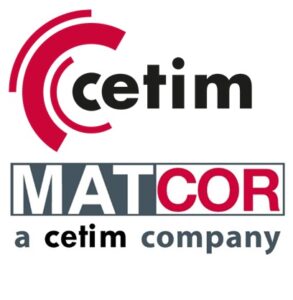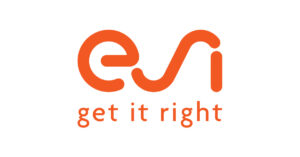CASE STUDIES
DIGITAL ENERGY

SETTING
Decision making processes in complex systems: Multi-energy grid with multi-stakeholders
Different sources of uncertainties: consumption, renewable energy production, battery states…
PROPOSAL
Decentralized strategies to optimize energy cost while safely avoiding black-out
Models built upon physics & domain expertise of aspects such as buildings and power generators
Data-driven corrections to manage uncertainties (weather
forecasts, aging equipment, consumption patterns adjustment)
ADVANTAGES OF USING HYBRID AI
Need much less data due to the physics based model
Real time adaptation to changes (weather conditions, consumption pattern)
Safe and robust operations which preserve people’s privacy
REMOTE SENSING

SETTING
Large civil & industrial infrastructures:
Nominal models based on physics and nominal loadings fail to address fatigue, damage and corrosion
No data is available because of the size of the system and the impossibility to monitor localized behaviors at the fine-scale
PROPOSAL
Using remote sensing (drones) for acquiring the right data, at the right place and the right time (smart data setting)
Enrich physics-based models with data-driven corrections at singular locations within the Hybrid AI framework
Apply physics-based models at a larger scale, far from the localized behaviors
ADVANTAGES OF USING HYBRID AI
Much less data: the right data at the right place and time
Better accuracy compared to fully physics-based models that are inaccurate when addressing singular behaviors
Ability to explain the system’s reasoning
Real-time prognosis for adequate prescription
The existing paradigms (fully physics-based and fully data-based) are underperforming
UTM – Unmanned Aircraft System Traffic Management

Example of optimal trajectory between points A and B, taking into account the wind-map and the no flying zones. Credits: CNRS, CNRS@CREATE, Arts et Metiers, Thales, ENAC, ESI Group & ARIA

UTM Flight emulation based on the trajectory considered in the example on the left. Credits: CNRS, CNRS@CREATE, Arts et Metiers, Thales, ENAC, ESI Group & ARIA
SETTING
Optimal trajectories are strongly impacted by the local environmental conditions, needing real-time data-assimilation and trajectory updating
Collected data is very scarce
Existing data cannot be use for evaluating critical scenarios, as needed for regulation purposes
PROPOSAL
Trajectories are based on data collected by the drone and model estimations far away from the drone locations
Data completion is assured by physics-based models
Critical scenarios can be synthetically generated
ADVANTAGES OF USING HYBRID AI
Much less data, just that collected by the drone
Better accuracy compared to fully physics-based models
Ability to explain and get certification
Ability to address critical scenarios
Real-time responses





